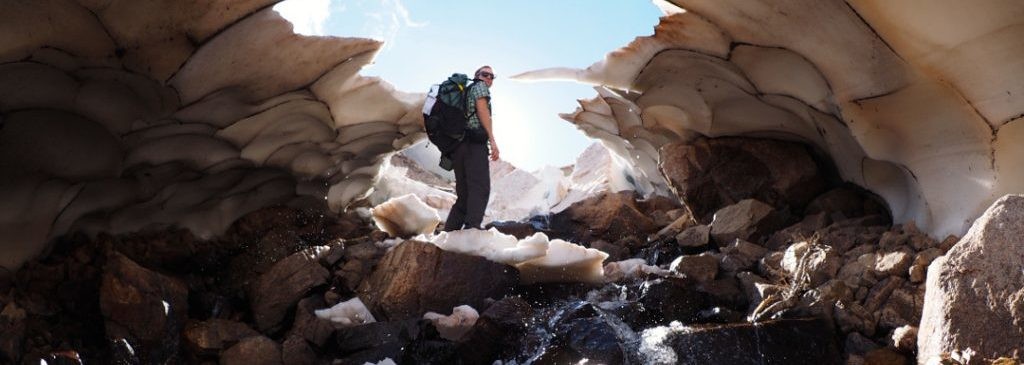Common Hiking Injuries and How to Prevent Them
June 20th 2018
Hiking is a great way to explore nature and get some exercise. It’s a hobby that both beginners and seasoned hikers can enjoy. Enjoying your hike to the fullest requires a little preparation. An important part of hiking preparation that is often overlooked is preventing injuries. Some common, easily preventable, hiking injuries include:
Aside from being painful, sunburn is a common cause of skin cancer. Any time you’re outside, you risk sunburn, even if you are planning on hiking a shady trail. Wearing long sleeves, a hat, and long pants will help minimize your sun exposure, as will applying (and reapplying) sunscreen (at least SPF 25) regularly. Sunscreen is especially important if you’re not planning on wearing long sleeves or long pants.
When choosing hiking footwear and socks, it’s important that they should fit snugly without slipping on your feet and causing friction. Socks should stay in place without sliding and your shoes or boots should fit well.
If you sprain your ankle, it’s important to remember the acronym RICE, rest, ice, compression, and elevation. You may not be able to ice or elevate your foot while hiking, but make sure to leave your shoes on to help with compression and try to take it easy until you get back.
Hiking can be a great pastime and a lot of fun, but if you’re not careful it can be a painful experience. Get the most out of your hike by remembering to avoid sunburn, blisters, sprained ankles, and cramps. Contact Century Wellness if you are experiencing any pain from your hiking trip. We put you first and want to help you achieve the greatest results.
- Sunburn
- Blisters
- Twists and Sprains
- Muscle Cramps
- Sunburn
Aside from being painful, sunburn is a common cause of skin cancer. Any time you’re outside, you risk sunburn, even if you are planning on hiking a shady trail. Wearing long sleeves, a hat, and long pants will help minimize your sun exposure, as will applying (and reapplying) sunscreen (at least SPF 25) regularly. Sunscreen is especially important if you’re not planning on wearing long sleeves or long pants.
Blisters
Any time you’re walking for long periods of time, you run the risk of getting blisters. Blisters are caused by friction. Friction causes fluid to accumulate and swell between the layers of skin. Well-fitting shoes and socks are key to preventing blisters. You’re much more likely to develop blisters when your feet are wet, so it’s important to keep your feet dry. Pack at least one extra pair of socks so that you can change them if need to.When choosing hiking footwear and socks, it’s important that they should fit snugly without slipping on your feet and causing friction. Socks should stay in place without sliding and your shoes or boots should fit well.
Sprains or Twists
When hiking, it’s important to watch where you’re walking or you could easily twist or sprain your ankle. Good footwear is also important in preventing this. Hiking boots with good ankle support will help, as well as a walking stick. A good walking stick will help you keep your balance on uneven ground. You can also use it as a makeshift crutch if you have to.If you sprain your ankle, it’s important to remember the acronym RICE, rest, ice, compression, and elevation. You may not be able to ice or elevate your foot while hiking, but make sure to leave your shoes on to help with compression and try to take it easy until you get back.
Muscle Cramps
Cramps are often caused by dehydration, so preventing them seems simple, but it’s not always that easy to remember this while hiking. This is especially important in cooler weather when you may not feel thirsty. Bottom line, make sure to drink plenty of water! Stretching before a hike is another good way to prevent cramping.Hiking can be a great pastime and a lot of fun, but if you’re not careful it can be a painful experience. Get the most out of your hike by remembering to avoid sunburn, blisters, sprained ankles, and cramps. Contact Century Wellness if you are experiencing any pain from your hiking trip. We put you first and want to help you achieve the greatest results.

Click to close
